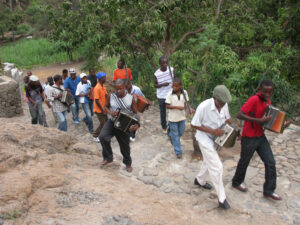
Funaná
O Instituto do Património Cultural no quadro da sua missão, visão e valores tem promovido, divulgado
The Intangible Cultural Heritage (ICP) is a relatively new concept in the daily life of Cabo Verdeans. In the framework of the UNESCO Convention for the Safeguarding of the Intangible Cultural Heritage, PCI aggregates the set of "practices, representations, expressions, knowledge and techniques, together with associated instruments, objects, artefacts and cultural places, which communities, groups and, in some cases, individuals recognize as an integral part of their cultural heritage".
“Tradison di tera” is the Cabo Verdean expression that is closest to the concept of PCI.
Gradually, the Cabo Verdean people are confronted with the possibility of patrimonialization of traditional knowledge, of the know-how associated with the production of certain objects considered to be of traditional manufacture, of the knowledge associated with the cure of diseases by plants and other items collected in nature, their traditional music and dance.
ler mais
IP domains
The point where the tangible and intangible merge. The object of the convention is not the piece itself, but the knowledge associated with its elaboration that must be preserved and transmitted between generations. The form in which this knowledge and know-how is manifested varies, ranging from pottery to jewellery, clothing and toys.
Knowledge, practices, ways of doing, skills that the community develops from the interaction with the environment, resulting in a set of values, ways of seeing the world, representations and beliefs. A wide range of expressions and practices as diverse as the sociocultural and environmental contexts that give rise to them and are often at the base of other manifestations of the intangible.
Here we speak of performing arts such as music, theatre, dance and other forms of cultural expressions which are the fruit of human creativity and which may be associated with other manifestations of intangible cultural heritage.
Everyday practices, routine or cyclical, public or private, that structure life and define the identity of a group or community.
Including language as a vehicle for transmitting intangible cultural heritage, such as legends, proverbs, riddles, popular songs, songs, work songs, prayers. That is, oral expressions that transmit knowledge, memories and that have language as a vehicle.
National Inventory of Intangible Heritage
The preparation of one or more inventories of the intangible cultural heritage present in their territory is one of the responsibilities of States Parties under Article 12 of the 2003 Convention, with the participation of relevant communities, groups and non-governmental organisations.
Even though it is the responsibility of the State, inventories can also be directed by interested communities or other bodies, as long as they have the participation and consent of the detaining community. However, these inventories, carried out without State intervention, must be validated by the corresponding State body in order to be recognized as carried out in the light of the Convention. The inventory is an ongoing process due to the large number of PCI elements, the PCI's constant evolution and feasibility status, and the need to periodically update inventories.
First measure to safeguard the CIP, the inventory must be participatory and inclusive, contributing to the safeguarding of the elements of the CIP and, in a general plan for sustainable development, good governance, social cohesion and consolidation of communities.
The Cultural Heritage Institute develops and promotes the methodology of the community-based inventory based on a participatory, systematic, updated and exhaustive survey of the manifestations of intangible cultural heritage, with the community as the author of the safeguarding process.
The inventory has as its main premise the prior, free and informed consent of the holders and/or communities. The inventory of intangible heritage properties is carried out by the communities and validated by the Cultural Heritage Institute.
The intangible properties which are the object of inventories shall be recorded in the Register of Inventory Items and may be subject to classification, if periodic inventories are justified.
Inventoried properties::
From 2016 to 2020, the IPC carried out the inventory, preceded by training communities and classifying the following elements:
ler menos

O Instituto do Património Cultural no quadro da sua missão, visão e valores tem promovido, divulgado
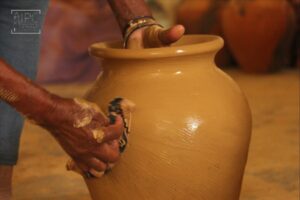
A Olaria tradicional é um projeto que visa analisar, de forma científica, o papel da Olaria, enquanto Património Cultural Imaterial (PCI)
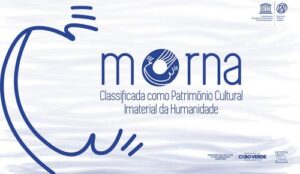
Geralmente acompanhada por instrumentos acústicos como a viola, o cavaquinho, o violino, o piano e, mais recentemente, a percussão
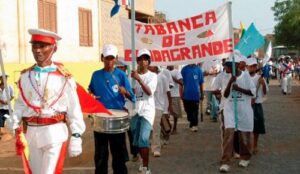
As festividades da tabanca se iniciam com um conjunto de preparativos que culminam com as atividades no dia do santo patrono do grupo. Na cidade da Praia, os…

O IPC, através da DPI realizou, em 2017, um inventário de base comunitário nas comunidades detentoras desta festividade, a
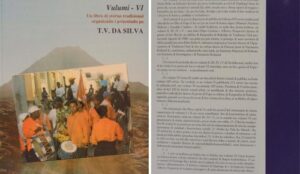
Conhecida como uma das primeiras línguas surgidas em contexto de contacto linguístico no período dos descobrimentos, a língua cabo-verdiana, designação técnica correta ou crioulo / kriolu como…
The Directorate of Intangible Heritage (DPI) is the IPC service in charge of developing and promoting sectoral policy in the fields of intangible cultural heritage.
Under the leadership of Sandra Martins, DPI is composed of historians, linguists, anthropologists and heritage managers.
Considering its statutory attributions, among the various tasks, the DPI is responsible for:
ler mais
ler menus